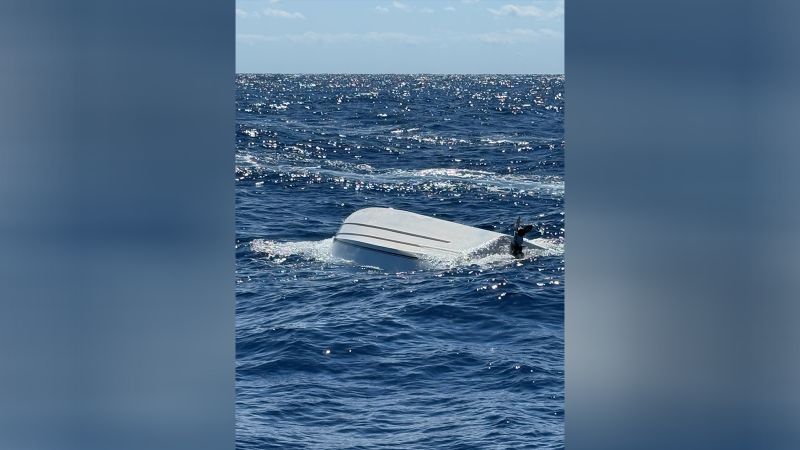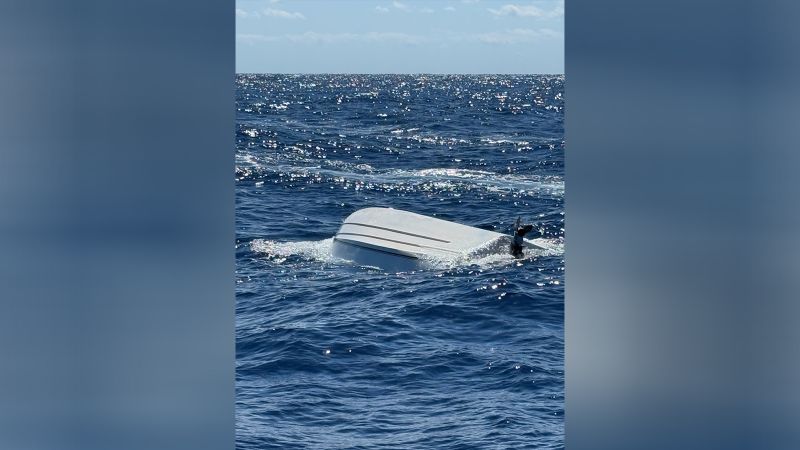## Dude Bought a Cruise Ship on Craigslist, Now He’s Bummed It’s Gone. Remember that time a dude bought a cruise ship on Craigslist and turned it into a floating haven of epic proportions? Yeah, that guy. Turns out, even the most glorious Craigslist conquests aren’t forever. We delve into the sad tale of how a dream ship met its watery demise and the heartbroken owner’s lament. Let’s raise a digital toast to the fallen vessel – a reminder that even the most ambitious DIY projects can’t always outrun the tides of fate.
The Scrapping Process
Demolition Methods and Environmental Considerations

The demise of the Aurora cruise ship, a vessel steeped in history and once a symbol of luxury, was a stark reminder of the harsh realities of ship disposal. While the 293-foot vessel may have sailed through the waters with elegance, its final chapter was a mechanical one, involving a systematic dismantling process.
According to cruise historian Peter Knego, who witnessed the scrapping firsthand, the ship was demolished using specialized cranes that grind up the steel hull. This method, Knego explained, is considered the “safest” due to its ability to efficiently break down the vessel while minimizing the risk of environmental contamination.
However, the process is not without its environmental challenges. The dismantling of a large vessel like the Aurora generates significant waste, including metal scraps, plastics, and other materials. Proper disposal and recycling of these materials are crucial to minimizing the impact on the environment.
The Aurora’s scrapping process also highlights the broader issue of maritime waste. The global shipping industry generates a vast amount of waste, posing a significant threat to marine ecosystems. Addressing this challenge requires a multi-pronged approach, including the development of sustainable ship disposal practices, stricter regulations on waste disposal at sea, and the promotion of eco-friendly shipbuilding materials.

The Emotional Toll
Willson’s Heartbreak and the Loss of Maritime History
For Chris Willson, the man who poured his heart and soul into restoring the Aurora, the ship’s demolition was a deeply personal tragedy. Willson, who purchased the vessel on Craigslist nearly two decades ago, had spent years, and a significant sum of money, breathing life back into the once-grand cruise ship.
As Willson himself stated to Geeksultd, “It’s probably one of the saddest things that I’ve had to witness in this lifetime… It’s hard to watch 15 years of hard work just go to complete waste.”
Willson’s emotional response underscores the profound connection that individuals can forge with historical vessels. For enthusiasts like Willson, these ships are not merely objects but tangible links to the past, carrying within them stories of adventure, innovation, and the human spirit.
The loss of the Aurora, while a tragic event for Willson, also serves as a poignant reminder of the fragility of maritime history. Many historic vessels face an uncertain future, often succumbing to the pressures of economic realities, neglect, or simply the ravages of time.

Preserving Maritime Heritage
Preserving maritime history is crucial for understanding our past and appreciating the ingenuity and resilience of human endeavors. Historic ships offer a glimpse into bygone eras, providing insights into shipbuilding techniques, travel practices, and the social and cultural norms of their time.
Efforts to preserve maritime heritage can take various forms, including:
- Restoration and Refurbishment: Bringing historic vessels back to their former glory through meticulous repair and restoration work.
- Museum Exhibits: Displaying historic ships and artifacts in museums to educate the public and preserve their legacy.
- Digital Archives: Creating comprehensive digital archives of ship plans, photographs, and historical records to ensure their accessibility for future generations.
A Ghostly Goodbye
The Final Moments of the Aurora Through Peter Knego’s Lens
Cruise historian Peter Knego, a lifelong enthusiast of maritime history, had documented the Aurora’s journey throughout its many incarnations. He witnessed the vessel’s final moments, capturing images of the ship being dismantled at the Mare Island shipyard.
Knego described the scene as “a really mean looking, horrible death for the ship,” emphasizing the somber nature of witnessing a once-grand vessel reduced to scrap metal.
Knego’s account offers a poignant reflection on the ephemerality of even the most impressive structures. The Aurora, a symbol of luxury and grandeur, met its end in a relatively unceremonious manner, highlighting the cyclical nature of life and the inevitable decay of material possessions.
The symbolism of the Aurora’s demise extends beyond the physical vessel itself. It serves as a reminder of the fleeting nature of time and the importance of cherishing the moments we have with the things and people we hold dear.
Conclusion
So, there you have it: the tale of a man who, in a move both audacious and whimsical, bought a cruise ship on Craigslist, only to see it meet a fiery end. While the story might seem like a cautionary tale about impulsive online purchases, it also raises deeper questions about our relationship with material possessions and the fleeting nature of dreams.







